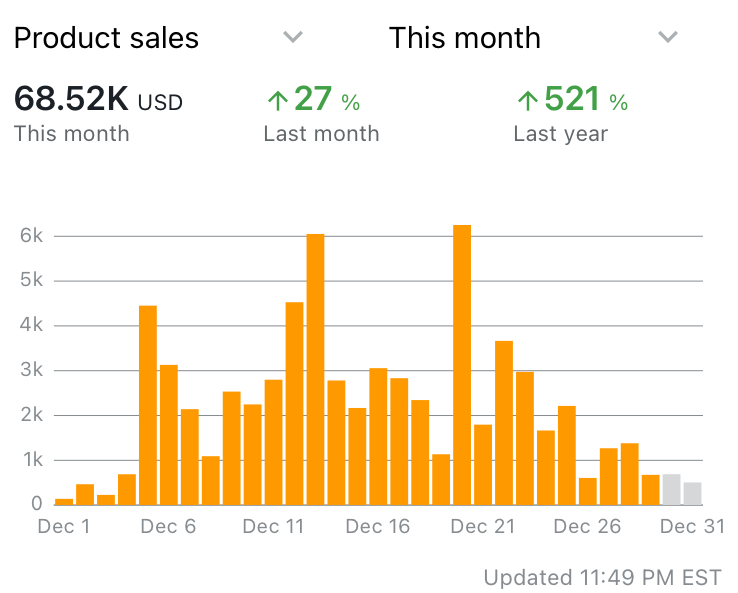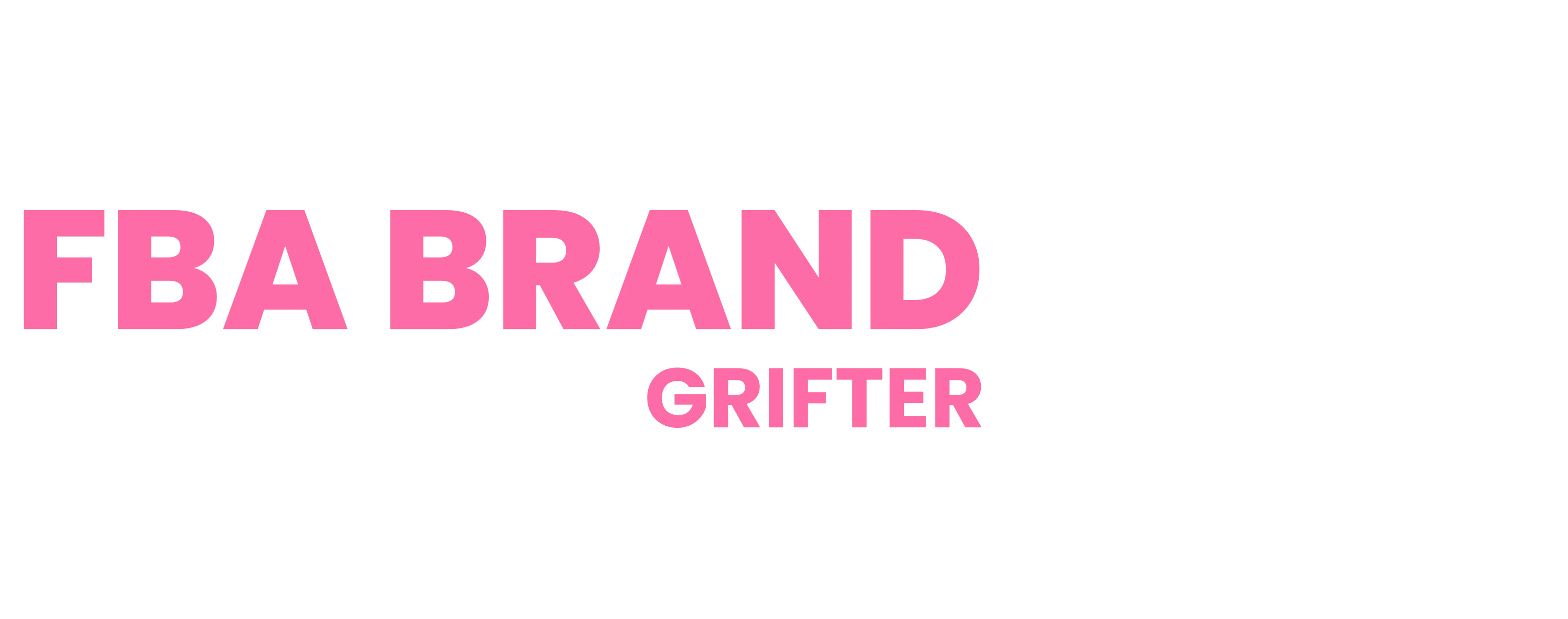Let’s be real—if you’re here, you’ve probably seen the hype around Amazon FBA. It’s marketed as the golden ticket to financial freedom, the “passive income” dream where you make money while barely lifting a finger. Gurus like Darren Campbell have built entire businesses around selling the Amazon FBA lifestyle, promising that all you need is their guidance to start raking in cash and quit your day job. But if we peel back the glossy marketing, there’s a much more realistic—and often challenging—story behind FBA.
In this article, we’re breaking down some of the most commonly asked questions about Amazon FBA, setting the record straight on the costs, profits, and actual work involved. So, before you dive into any course or program promising instant success, here’s what you need to know.

1. How Much Money Do I Really Need to Start Amazon FBA?
The first thing you’ll hear from FBA promoters is that Amazon FBA is accessible to anyone, and you don’t need much to get started. But the reality? It’s not cheap. Setting up an Amazon business involves several upfront costs that don’t just “magically” go away because you’ve joined a course. On average, most sellers spend between $1,500 to $3,000 just to launch, covering:
- Product Sourcing: Ordering inventory, especially from overseas, can cost anywhere from $500 to $2,500 right out of the gate.
- Amazon Fees: There are storage fees, referral fees, and per-unit fulfillment fees that Amazon takes off the top of every sale.
- Advertising: Most new sellers need Amazon PPC (pay-per-click) ads to get noticed, which can set you back $200–$500 a month initially.
These expenses add up fast. If anyone tells you that FBA requires only “a few hundred bucks,” they’re either being overly optimistic or just trying to sell you on the dream.
2. Are There Monthly Fees With Amazon FBA?
Yes, and it’s not just a single “set and forget” fee. Amazon FBA has multiple fees that can catch newcomers off guard. Here’s a quick look:
- Fulfillment Fees: You pay Amazon per unit to pick, pack, and ship your products.
- Storage Fees: Charged monthly, based on the space your inventory takes up in Amazon’s warehouse.
- Referral Fees: Amazon takes a cut of each sale (usually 8-15%, depending on the product).
These fees are ongoing and, if you’re not selling fast enough, they’ll start eating into your profits. While FBA gurus love to highlight the potential earnings, they often skip over just how quickly these fees can chip away at your margins if you’re not making regular sales.
3. How Much Can You Really Make with Amazon FBA?
Here’s the part where the hype meets reality. Yes, you can make money on Amazon, but those $10,000-a-month profit stories aren’t the norm. According to Marketplace Pulse, around 39% of Amazon sellers make less than $1,000 per month. Only 20% manage to pull in over $10,000 in sales monthly, and that’s before you factor in all the costs.
It can take months—or even years—to build up to a profitable business, and that’s if you’re strategic and consistent. The truth is, while FBA can be profitable, it’s not a “set it and forget it” cash machine that’s going to start printing money for you right away. Those success stories you see? They’re usually outliers, not the rule.
4. Is Amazon FBA Profitable?
Yes, FBA can be profitable, but it’s far from a sure thing. According to Jungle Scout’s State of the Amazon Seller Report, the average profit margin for Amazon FBA sellers is around 10-20%. So if you’re making $1,000 in sales, you might be looking at $100–$200 in profit after fees and expenses.
The reality is, profit margins are often slimmer than advertised, and it takes strategic product sourcing, smart marketing, and constant monitoring to stay in the green. And don’t forget that competition on Amazon is fierce. If you don’t pick the right product or niche, profitability can be a real struggle.

5. What’s the Minimum Quantity to Start Selling on Amazon FBA?
Some courses may tell you that you can start with a handful of units, but starting with too little inventory on Amazon can actually hurt your ranking. For most beginners, the sweet spot is around 100–500 units to keep up with demand without overstocking and racking up long-term storage fees.
Running out of stock early can damage your visibility, while overstocking means you’re paying Amazon to hold unsold items. It’s a balancing act, and starting with a small amount of inventory might save you some cash upfront, but it could also come back to bite you in terms of sales and ranking.
6. Can Anyone Make Money with Amazon FBA?
If you believe the gurus, the answer is “yes!” But the reality is a little more complicated. While FBA is open to anyone, success depends on a range of factors: how much you’re willing to learn, your initial investment, and whether you’re in it for the long haul. Helium 10 reports that 43% of Amazon sellers fail within the first two years, largely because they underestimate the time, money, and effort required.
Amazon FBA is not a shortcut to instant wealth. It’s a business, with real risks and challenges. While some sellers do make a decent income, many others struggle or drop out entirely. If you’re looking for a get-rich-quick scheme, Amazon FBA isn’t it.
7. Is It Worth It to Use Amazon FBA?
For some sellers, FBA is absolutely worth it. If you’re selling lightweight, high-demand products and want to scale quickly, FBA’s fulfillment services can be a huge advantage. But for others—especially those with heavier items or slower-moving stock—Amazon’s fees can become a burden.
FBA makes sense if:
- Your products sell quickly: Faster sales mean less money spent on storage.
- You’re scaling fast: Amazon handles logistics so you can focus on growth.
- You need Prime eligibility: FBA gives you access to Amazon Prime members, which can boost sales.
However, if you’re okay with handling your own logistics and want to avoid the fees, Fulfilled by Merchant (FBM) might be a better option. FBA isn’t the best fit for everyone, despite what the marketers may say.

8. What’s the Difference Between Amazon Prime and FBA?
This one’s simple but often misunderstood. Amazon Prime is a subscription service for customers, giving them benefits like free shipping. Amazon FBA, on the other hand, is a fulfillment option for sellers, where Amazon handles storage, shipping, and customer service.
While FBA products often qualify for Prime, they’re not automatically included. Amazon has specific criteria for Prime eligibility, and it comes with additional fees. So don’t assume FBA will instantly make you a Prime seller; it’s a bit more complicated than that.
9. Is FBA or FBM Better?
It depends on your business model. Here’s a quick comparison:
- FBA Pros: You get access to Amazon Prime members, Amazon handles all fulfillment, and it’s scalable.
- FBA Cons: Higher fees and less control over fulfillment and customer experience.
- FBM Pros: Lower fees, full control over fulfillment, and fewer storage costs.
- FBM Cons: More work and no Prime eligibility.
The best choice depends on your product type, margins, and business goals. FBA is often marketed as the “better” option, but FBM can be a better fit if you have large or niche products and prefer managing fulfillment.
10. How Does Amazon FBA Pay You?
Unlike a regular paycheck, Amazon pays FBA sellers bi-weekly. While this sounds simple, the delay can create cash flow challenges, especially when you’re reinvesting in inventory. Amazon deducts fees before transferring the funds, so it’s essential to keep a budget in mind and know that you may not see profits immediately.
Final Thoughts: What the Gurus Don’t Tell You About Amazon FBA
The way gurus like Darren Campbell promote Amazon FBA often makes it sound like a smooth road to financial freedom. But the reality is that FBA is a real business with real costs, competition, and challenges. It can be profitable, yes, but it’s also hard work. Anyone promising effortless income and instant success isn’t telling the full story.
If you’re thinking of getting into Amazon FBA, it’s important to do your research, understand the true costs, and go into it with realistic expectations. Building a profitable Amazon business takes time, patience, and strategy—not just an Instagram account and a catchy sales pitch.

